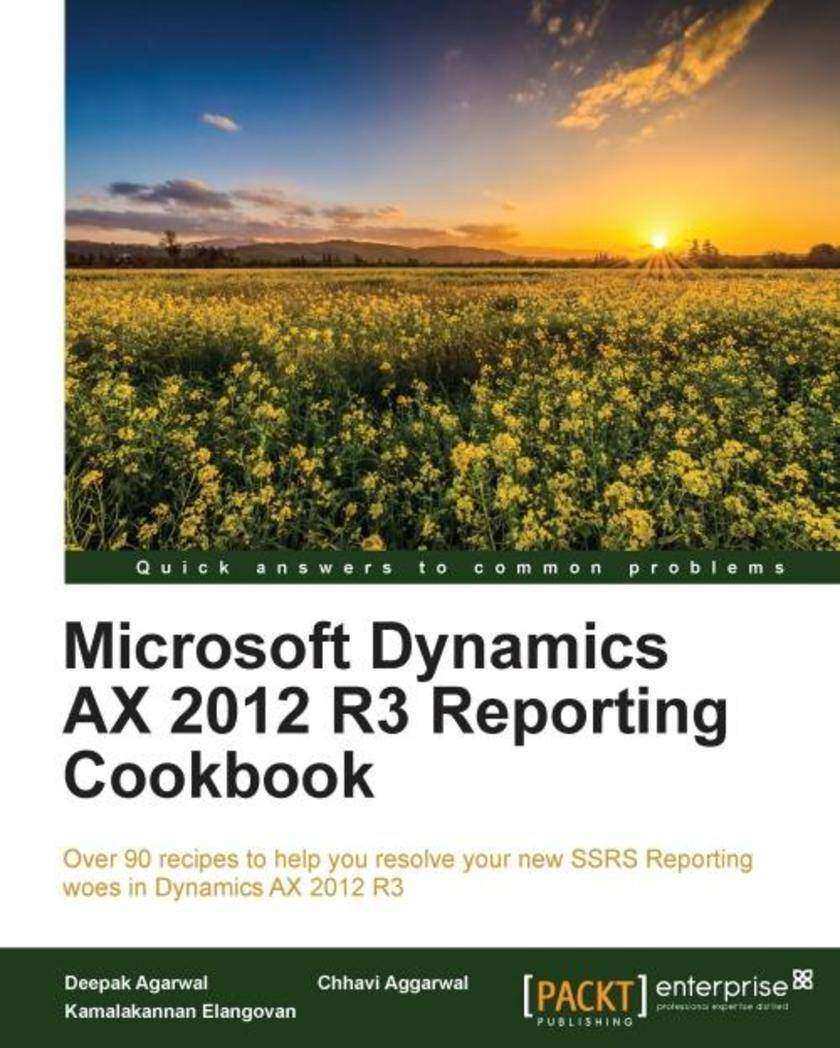
Microsoft Dynamics AX 2012 R3 Reporting Cookbook
¥107.90
Microsoft Dynamics AX 2012 R3 Reporting Cookbook is recommended for Dynamics AX developers and .NET-based SSRS developers looking to familiarize themselves with the new AX reporting framework.
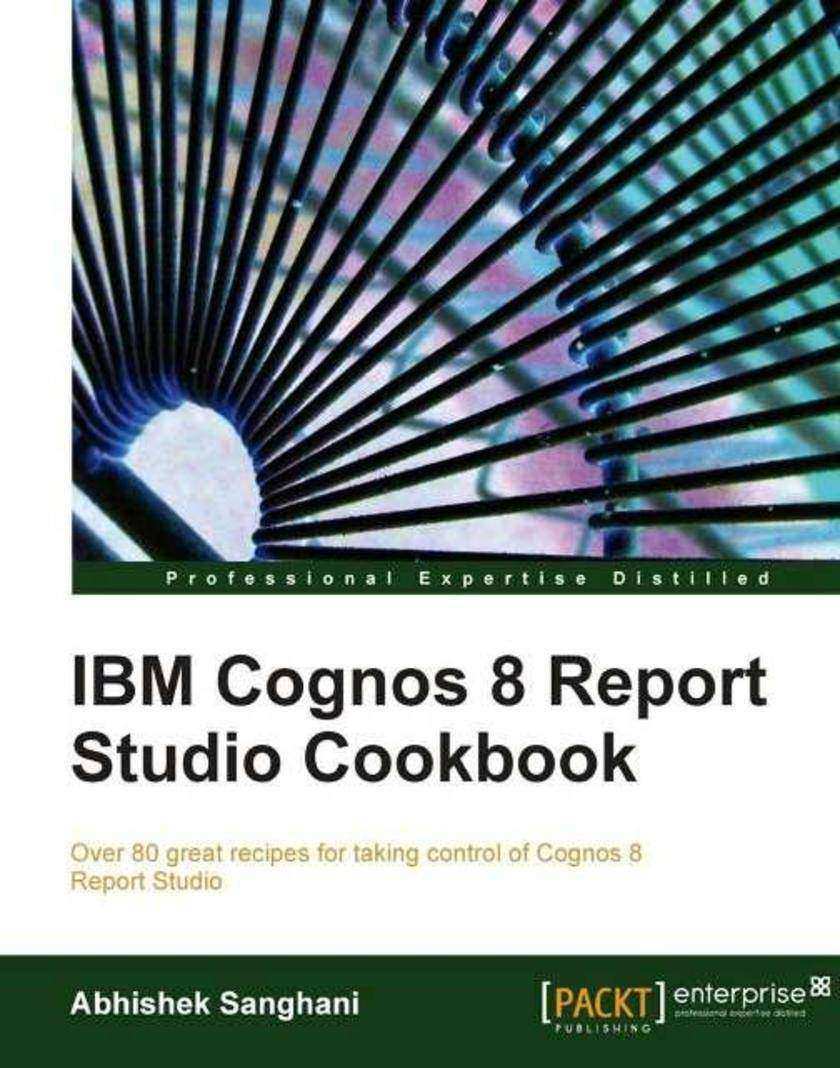
IBM Cognos 8 Report Studio Cookbook
¥107.90
Written in cookbook style, this book offers learning and techniques through recipes. It contains step-by-step instructions for Report Studio 8 users to author effective reports. The book is designed in such a way that you can refer to things chapter by chapter, and read them in no particular order. You will see a new fictional business case in each recipe that will relate to a real-life problem and then you will learn how to crack it in Report Studio. If you are a Business Intelligence or MIS Developer (programmer) working on Cognos Report Studio who wants to author impressive reports by putting to use what this tool has to offer, this book is for you. You could also be a Business Analyst or Power User who authors his own reports and wants to look beyond the conventional features of Report Studio 8. This book assumes that you can do basic authoring, are aware of the Cognos architecture, and are familiar with Studio.
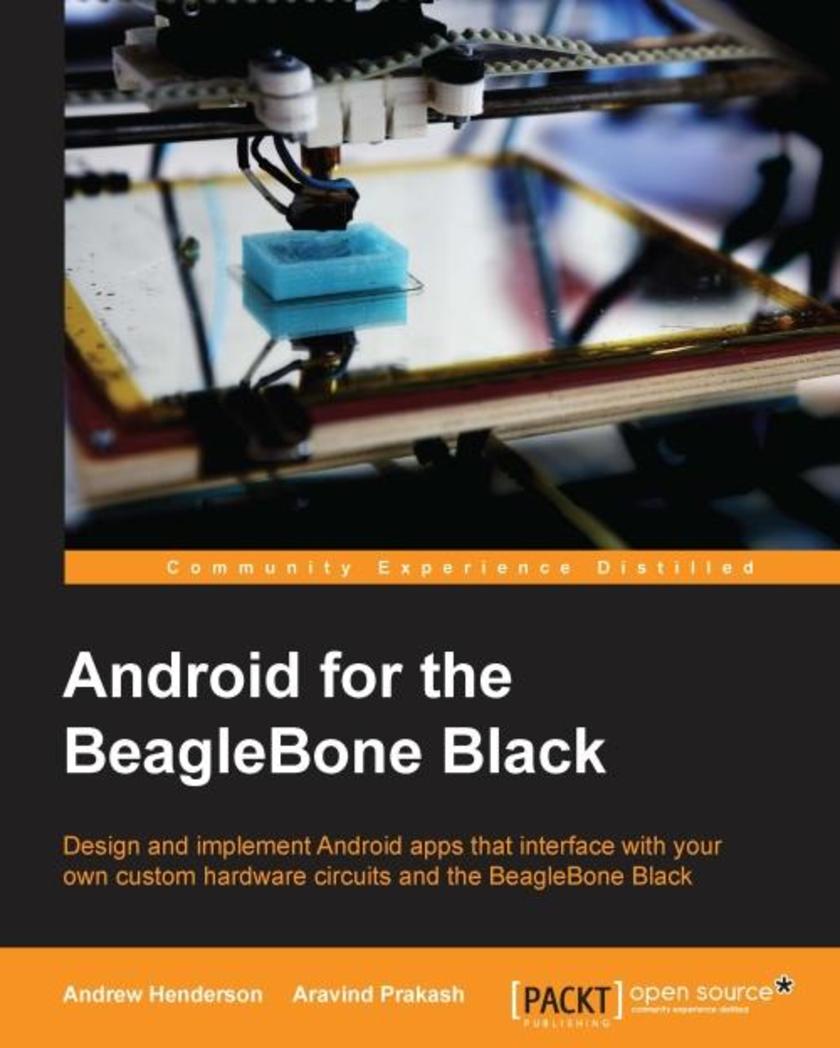
Android for the BeagleBone Black
¥45.77
If you are an Android app developer who wants to experiment with the hardware capabilities of the BeagleBone Black platform, then this book is ideal for you. You are expected to have basic knowledge of developing Android apps but no prior hardware experience is required.
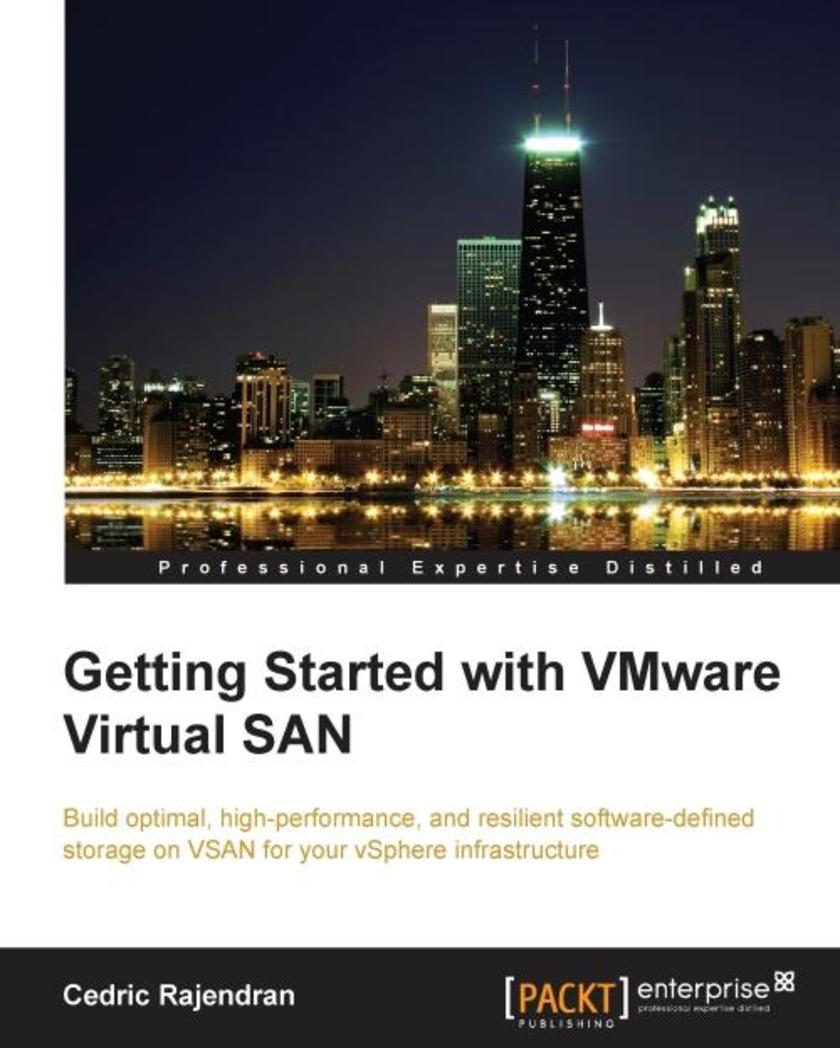
Getting Started with VMware Virtual SAN
¥45.77
This book is intended for server administrators and storage administrators who would like to successfully build and scale a VSAN-backed vSphere infrastructure. A basic understanding of vSphere concepts and storage fundamentals will be helpful.
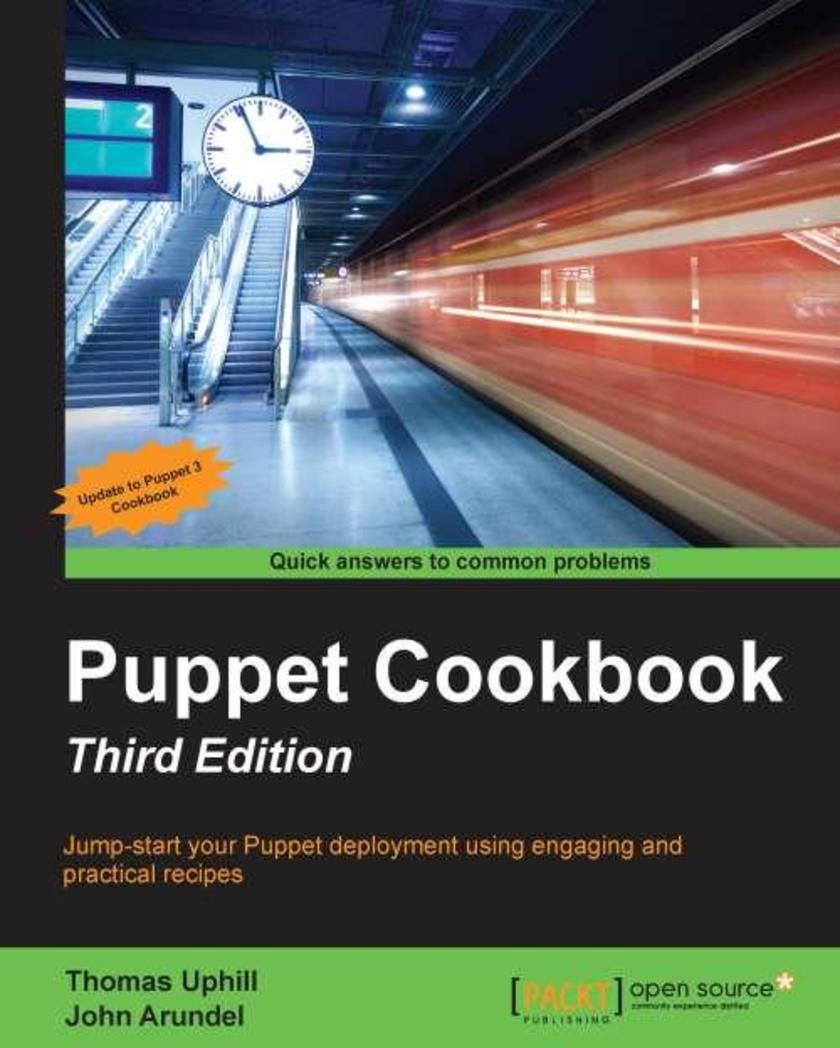
Puppet Cookbook - Third Edition
¥80.65
This book is for anyone who builds and administers servers, especially in a web operations context. It requires some experience of Linux systems administration, including familiarity with the command line, file system, and text editing. No programming experience is required.
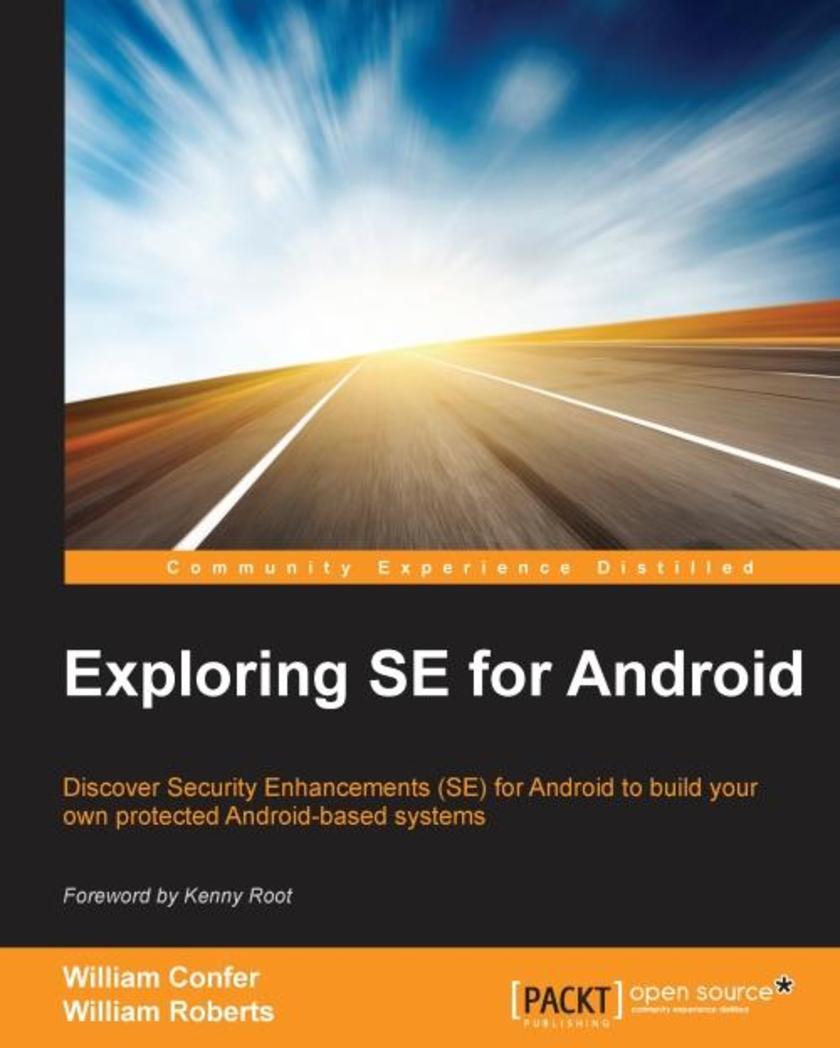
Exploring SE for Android
¥80.65
This book is intended for developers and engineers with some familiarity of operating system concepts as implemented by Linux. A basic background in C code would be helpful. Their positions range from hobbyists wanting to secure their Android powered creations to OEM engineers building handsets to engineers of emerging areas where Android is seeing growth.
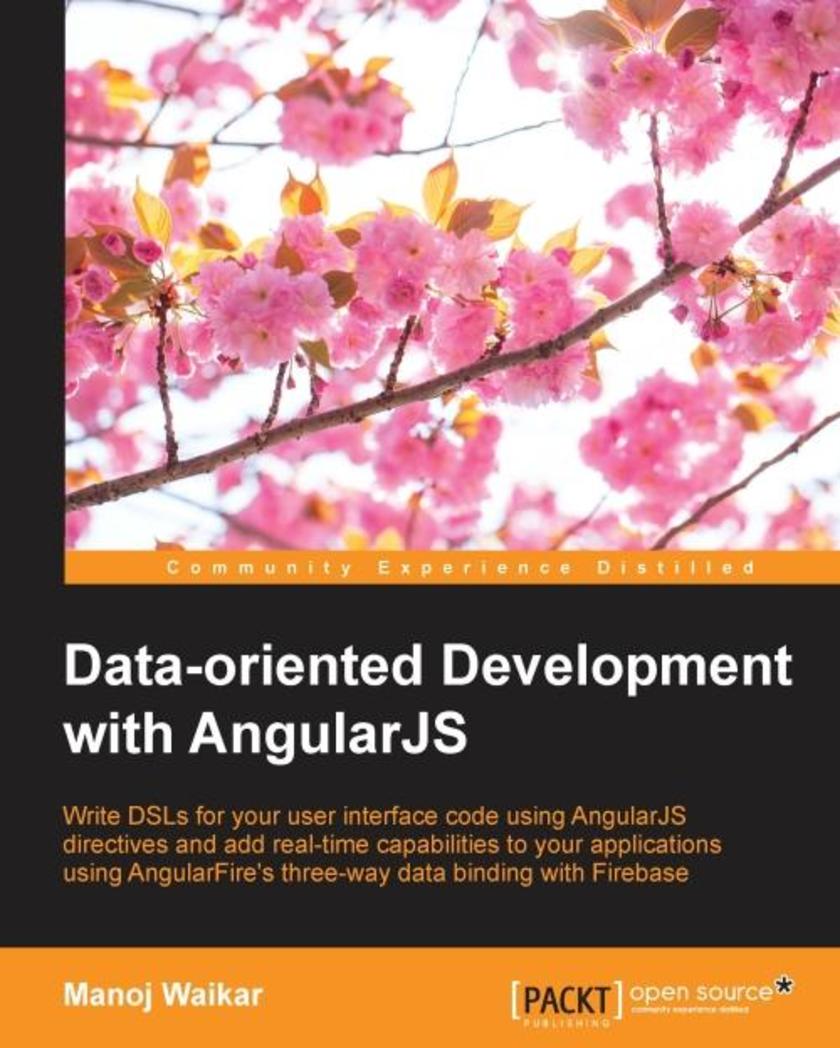
Data-oriented Development with AngularJS
¥45.77
This book helps beginner-level AngularJS developers organize AngularJS applications by discussing important AngularJS concepts and best practices. If you are an experienced AngularJS developer but haven't written directives or haven't created custom HTML controls before, then this book is ideal for you.
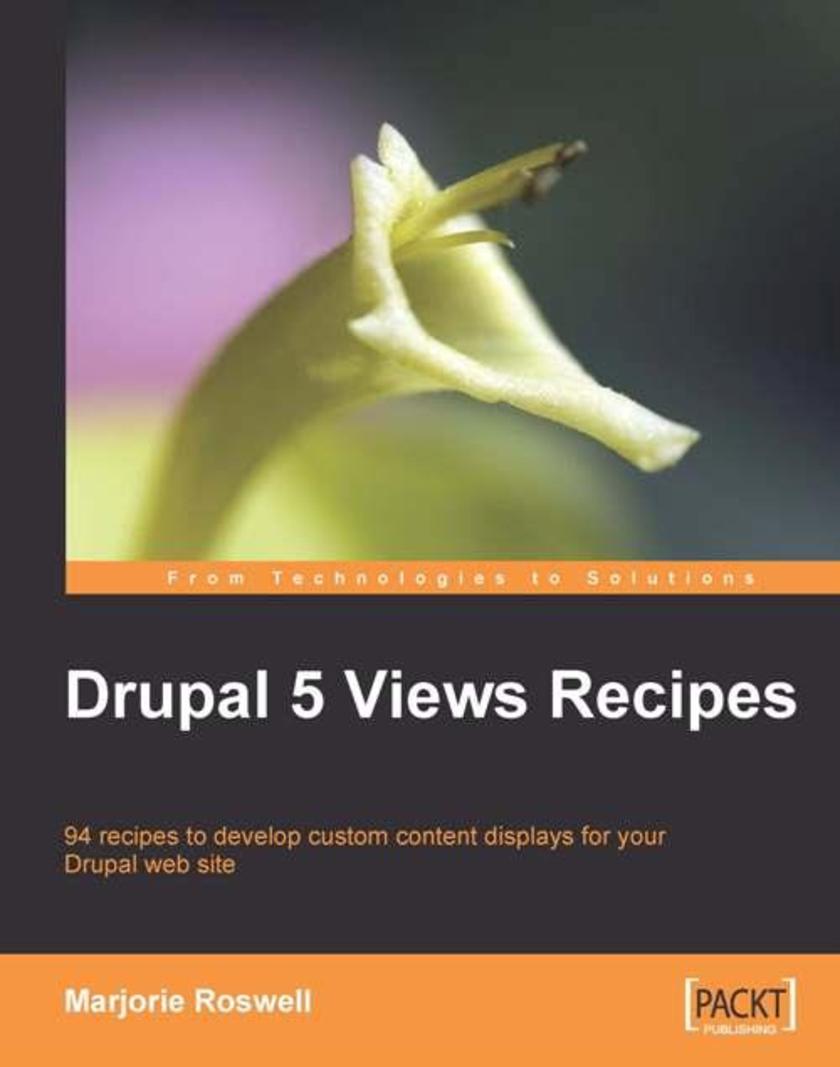
Drupal 5 Views Recipes
¥90.46
This book will give you a long list of powerful recipes. Choose the ones that suit your needs and use them through step-by-step instructions. Most of the recipes are code-free, but a number of the recipes contain code snippets. This book is primarily written for Drupal site builders, administrators, and themers who want to develop custom content displays using Views. It can be used by anyone who has a Drupal 5 web site, including original site developers as well as people who have inherited a Drupal 5 site. Some knowledge of HTML and CSS is required; PHP basics will be handy for some of the recipes.
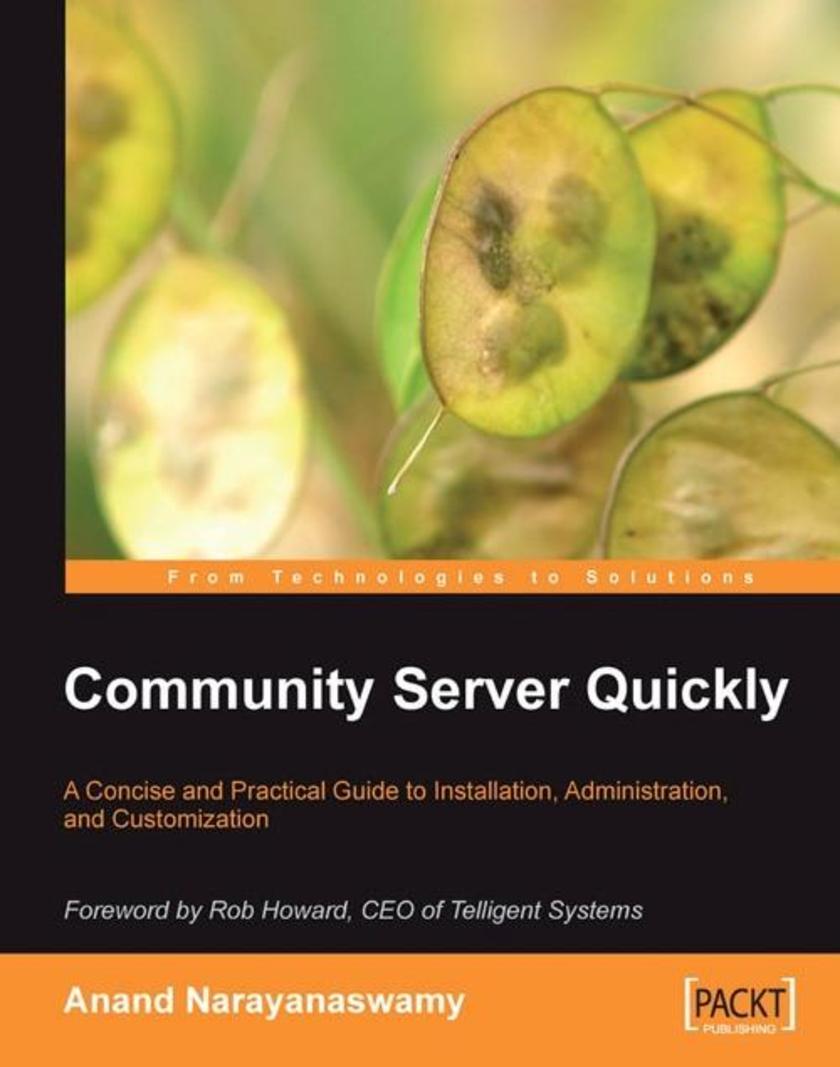
Community Server Quickly
¥71.93
With this book in hand, you will be able to set up and manage a Community Server solution. You will learn how to create blogs, forums, photo galleries, and file galleries, and use tools such as the built-in RSS reader and RSS roller in a step-by-step manner. This book will provide your with a clear and concise overview of Community Server and will impart the knowledge necessary to enable you to run and manage a Community Server solution. This book is aimed at the Community Server administrator with a base level of technical competence and confidence, but no prior sysadmin or developer experience or knowledge. No knowledge of ASP.NET programming is required for using this book. What is essential is your own passion for your target community and your desire to provide the best platform possible to that audience.
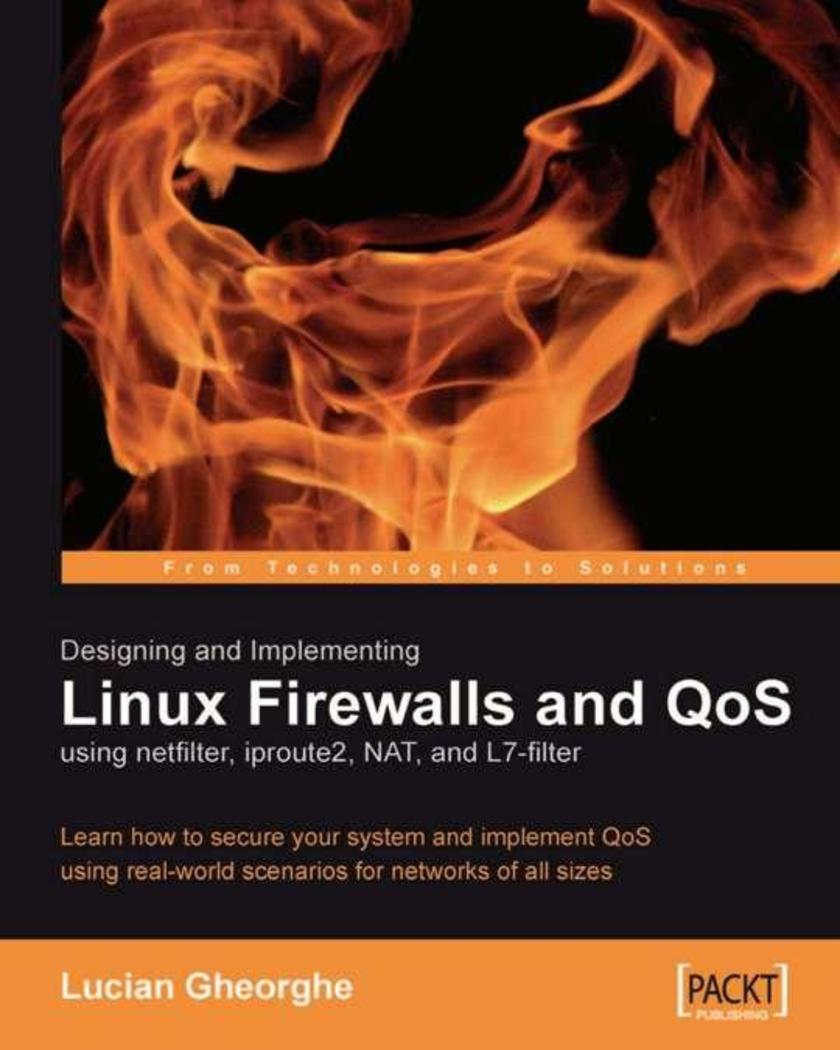
Designing and Implementing Linux Firewalls and QoS using netfilter…
¥71.93
The author draws on his experience to offer the reader valuable advice on the best practices. Providing only necessary theoretical background, the book takes a practical approach, presenting case studies and plenty of illustrative examples. This book is aimed at Linux Network administrators with some understanding of Linux security threats and issues, or any one interested in securing their systems behind a firewall. Basic knowledge of Linux is presumed but other than that this book shows you how to do the rest, from configuring your system to dealing with security breaches.

The PEAR Installer Manifesto
¥80.65
This book is a comprehensive and well structured tutorial on using PEAR Installer, but it is also much more than that. As the creator of the latest versions of the PEAR Installer (1.4.0+) , the author is passionate about the benefits of a well managed development and deployment process. The book shows how the PEAR Installer works in detail, and then takes you through a comprehensive tour of how you can apply it all stages of the development lifecycle, with practical examples and advice throughout. It will build your technical skills and understanding, and also widen your perspective on managing an effective development process. The book is not just for PHP developers who want to understand how the PEAR Installer works, and what it can do for them, but more generally for PHP developers seeking a better way to deploy their applications and manage updates. It does assume that you have a good working knowledge of PHP development, and are dealing with projects of a sufficient scale and complexity to warrant an investment in a structure process.

Building Websites with VB.NET and DotNetNuke 4
¥71.93
You can use this book to help you set up and administer a DotNetNuke portal, even if you have a limited knowledge of ASP.NET. You will learn how to setup and administer an example site, stepping through all the tasks to ease your learning. If you are a developer, this book will help you extend the DotNetNuke portal by first helping you understand how the core framework works and then show you how to create custom modules and skins. A rudimentary knowledge of VB.NET programming is assumed, but the emphasis is not on becoming a better VB.NET programmer but on taming DotNetNuke. This book has been written for both the beginner wanting to set up a website and also ASP.NET developers with a grasp of VB.NET who want a deeper understanding of how to work with DotNetNuke. To work with the DotNetNuke code, you will need access to Visual Web Developer Express or Visual Studio .NET 2005. No prior knowledge of DotNetNuke is assumed.

vBulletin: A Users Guide
¥54.49
Using a highly graphical, practical style the experienced authors show you how to get the most out of vBulletin. This book is written for new and intermediate users of vBulletin, who want to manage and maintain a vBulletin discussion forum as easily as possible. No experience of web programming is required.
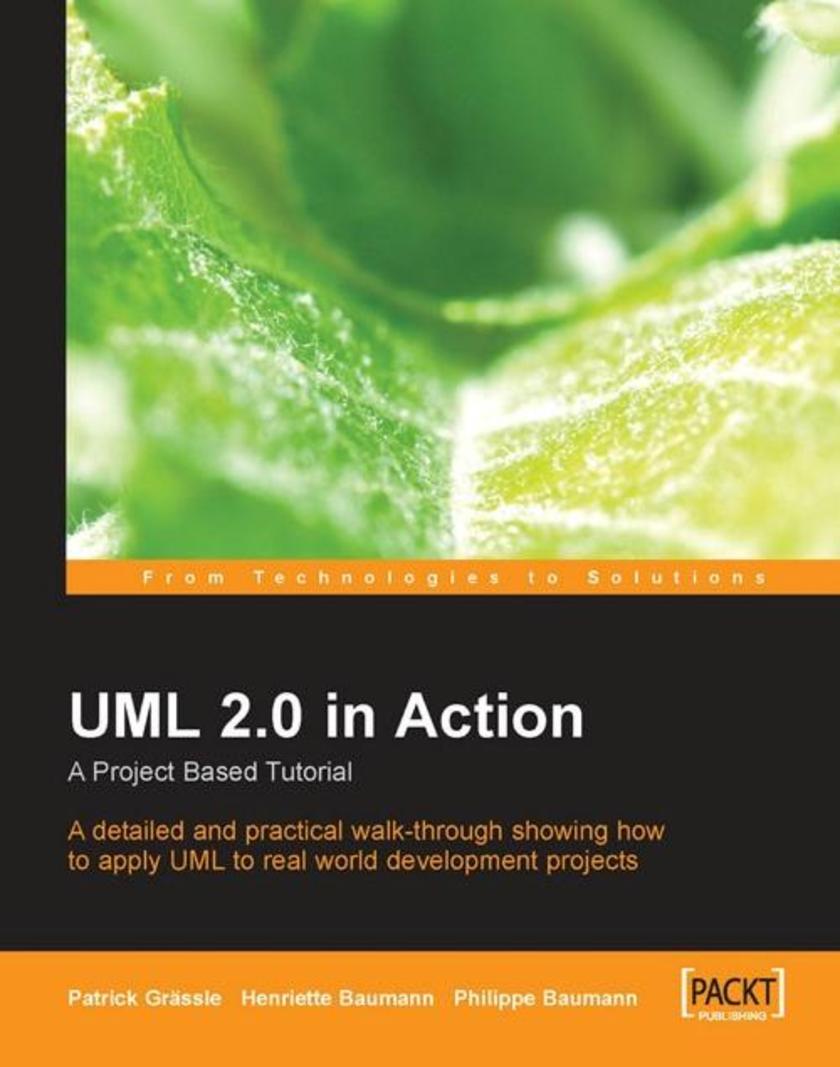
UML 2.0 in Action: A project-based tutorial
¥63.21
The book is uniquely practical. A richly textured case study is used throughout the book. Although some aspects of the Airport Passenger Services business process are simplified for sake of clarity and efficiency, it provides a comprehensive practical grounding for theoretical UML knowledge. The case study itself was developed in partnership with employees of Zurich Airport. The book was written for business analysts, technical architects and developers. It does not require detailed programming knowledge, nor is prior experience of UML mandatory. It shows how, with UML, simple models of business processes and specification models can be created and read with little effort.
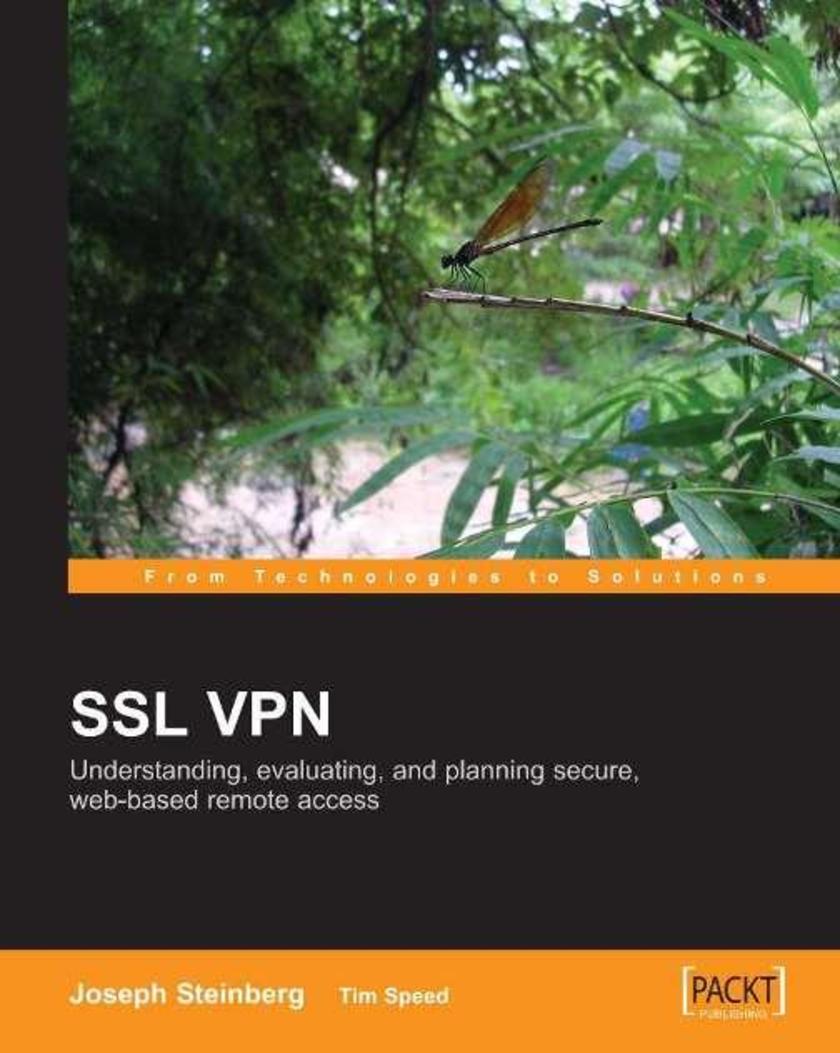
SSL VPN : Understanding, evaluating and planning secure, web-based remote access
¥90.46
The book blends technically rigorous de*ions with a friendly approach based on practical examples and scenarios. The authors write in clear, informal language and make extensive use of diagrams and images. The book begins with an overview of SSL VPN?s purpose, and the technical and business trends that are making it popular today. It then looks at how SSL VPNs work and how they fit into existing network plans. The effect of SSL VPN on the wider business environment is then considered, before looking at how SSL VPN technology is likely to develop in the future. This book aimed at IT network professionals and managers who are currently evaluating SSL VPN technologies. It requires a broad understanding of networking concepts, but does not require specific and detailed technical knowledge of protocols or vendor implementations.
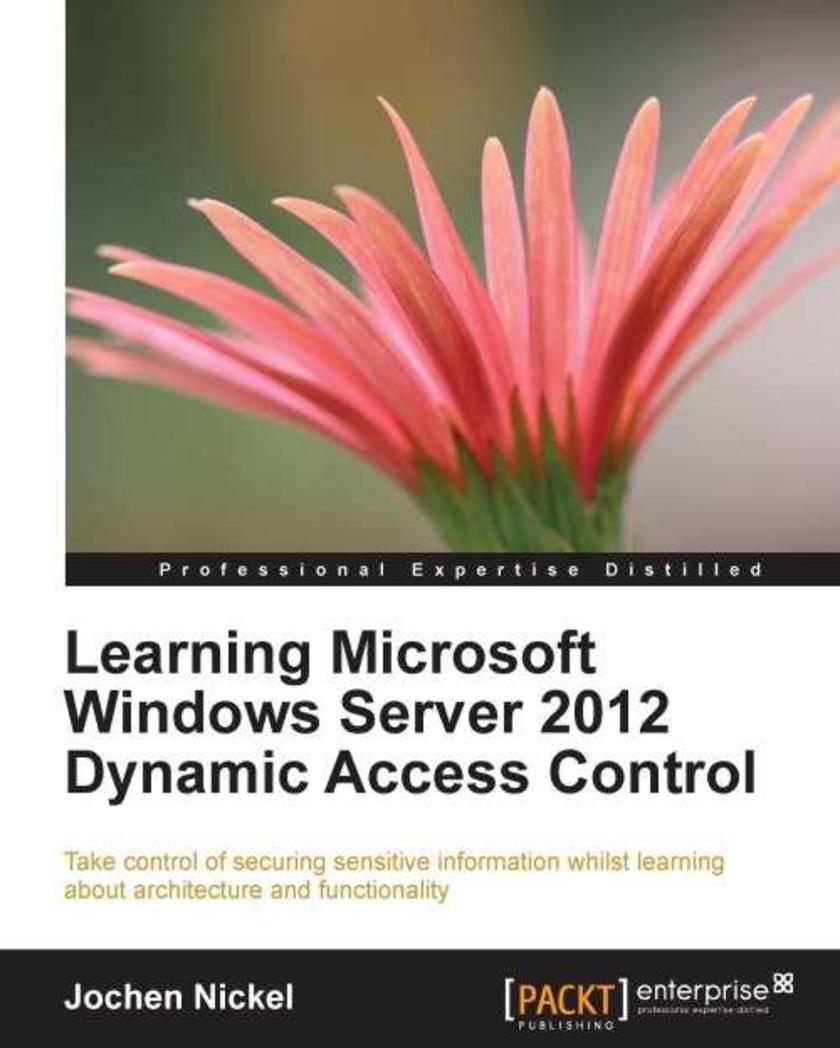
Learning Microsoft Windows Server 2012 Dynamic Access Control
¥63.21
This practical tutorial-based book is filled with information about the architecture, functionality, and extensions of Microsoft Windows Server 2012 Dynamic Access Control.If you are an IT consultant/architect, system engineer, system administrator, or security engineers planning to implement Dynamic Access Control in your organization, or have already implemented it and want to discover more about the abilities and how to use them effectively, this book will be an essential resource. You should have some understanding of security solutions, Active Directory, Access Privileges/ Rights and Authentication methods, and a fundamental understanding of Microsoft technologies. Programming knowledge is not required but can be helpful for using PowerShell or the APIs to customize your solution.

SQL Server Analysis Services 2012 Cube Development Cookbook
¥107.90
A practical cookbook packed with recipes to help developers produce data cubes as quickly as possible by following step by step instructions, rather than explaining data mining concepts with SSAS.If you are a BI or ETL developer using SQL Server Analysis services to build OLAP cubes, this book is ideal for you. Prior knowledge of relational databases and experience with Excel as well as SQL development is required.
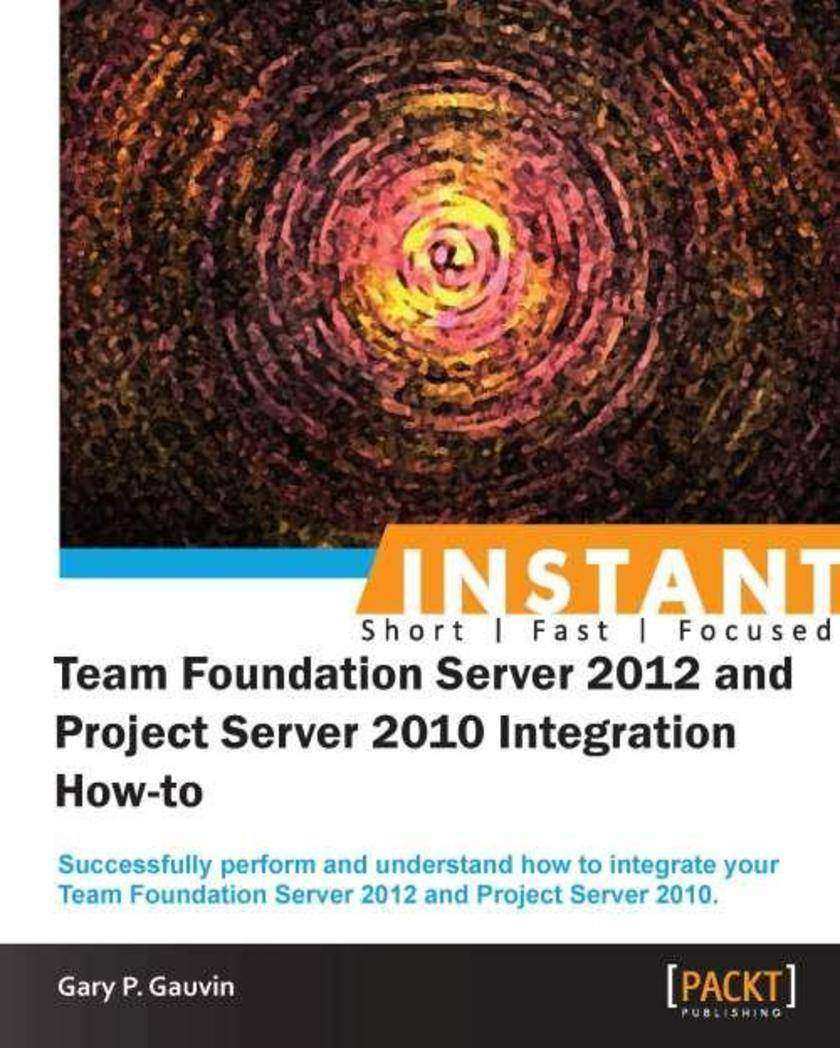
Instant Team Foundation Server 2012 and Project Server 2010 Integration How-to
¥45.77
Filled with practical, step-by-step instructions and clear explanations for the most important and useful tasks. Get the job done and learn as you go. A how-To book with practical recipes accompanied with rich screenshots for easy comprehension.The How-to style is a very practical book which will take the reader through the process of garnering a basic understanding of TFS and Project Server with practical tutorials and recipes.This book is for users who want to integrate TFS 2012 and Project Server 2010. Readers are expected to know some basic Windows Server commands and account management, and have administrative access to the servers being configured.
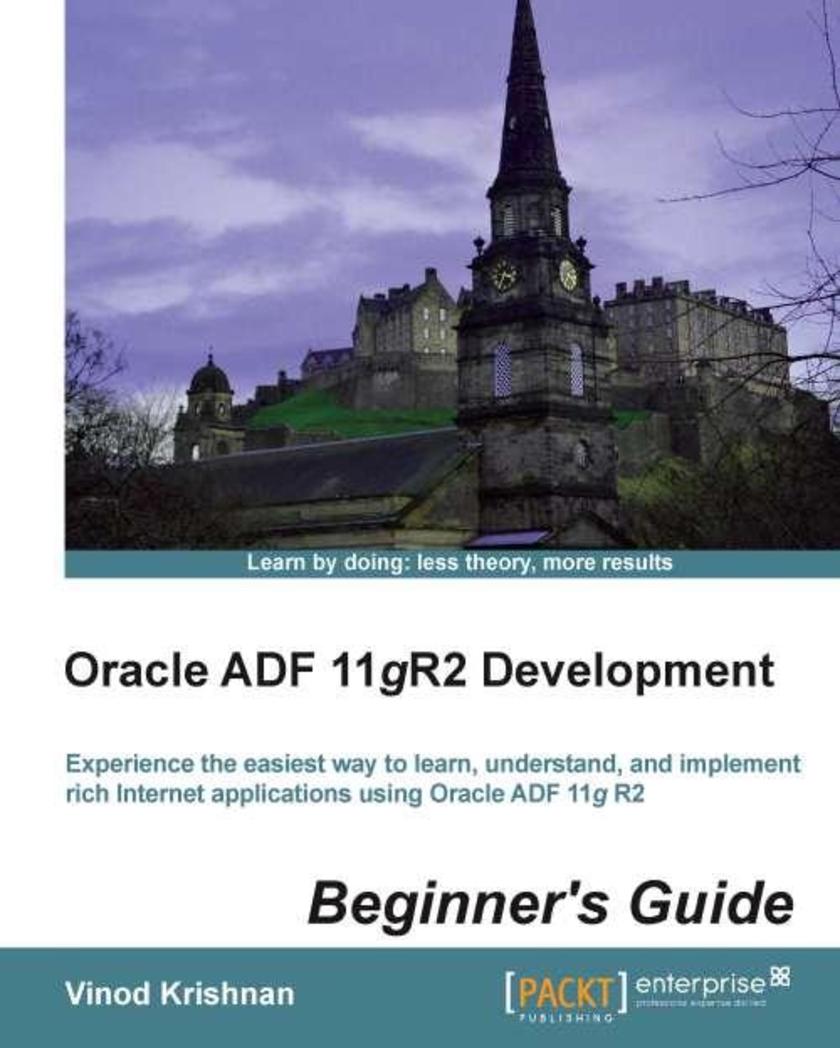
Oracle ADF 11gR2 Development Beginner's Guide
¥90.46
"Oracle ADF 11gR2 Development Beginner's Guide" will cover the basics of Oracle ADF 11g development and will then work through more complex topics as the reader gains more skills. This book will follow a tutorial approach with the content and tasks getting more advanced throughout. This book is intended for beginners who know a little about Java programming and would like to learn how to develop rich web applications using the Oracle Application Development Framework.
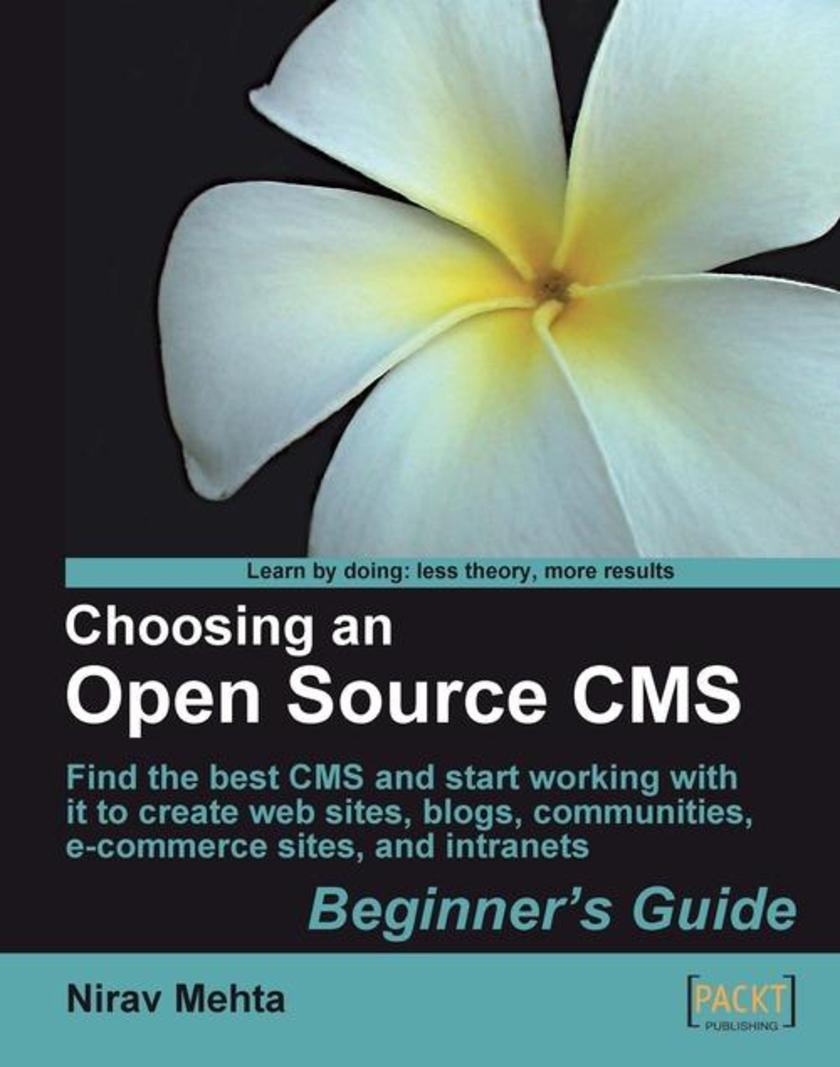
Choosing an Open Source CMS: Beginner's Guide
¥71.93
This is a practical guide that takes a task-centered approach. Each task is stepped through with detailed instructions. You will come across many step-by-step examples with plenty of screenshots and resources. This book provides all the support and guidance you need as you begin to work with CMSs. It even has additional tasks that you can carry out to build your skills further. Everything is oriented towards managing content with a CMS. This book is written for anyone who wants to start a web site and is looking for a good CMS. It is best suited for people who are selecting a CMS for their sites and people who will manage a CMS. Knowledge of web basics is certainly helpful, but not needed.
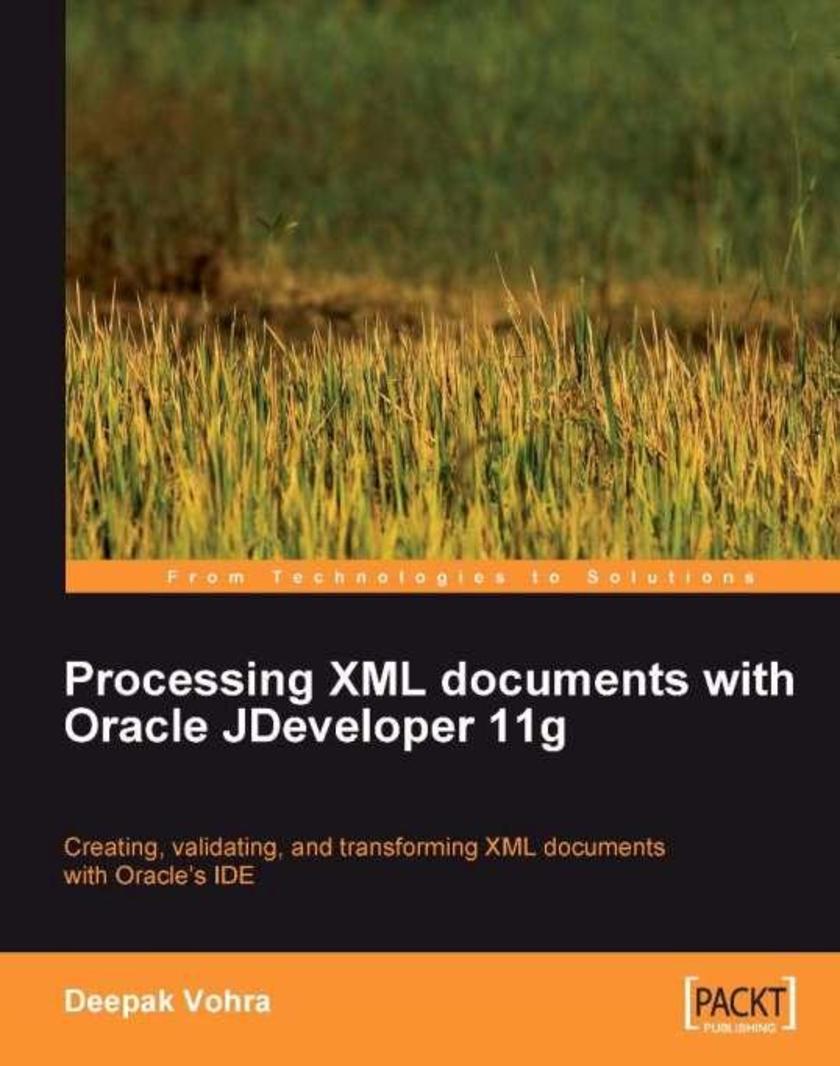
Processing XML documents with Oracle JDeveloper 11g
¥99.18
This book is for newcomer and intermediate Java developers who want to work with XML documents using JDeveloper 11g. No previous knowledge of JDeveloper is assumed but the reader will need to be comfortable in XML and Java environments. Employing a comprehensive tutorial-based approach, this easy-to-follow book shows the reader various means of processing XML documents using the power of Oracle's JDeveloper 11g. In next to no time, the reader will be able to create, format, transform, compare, and schema validate XML documents with Oracle's IDE.




 购物车
购物车 个人中心
个人中心



